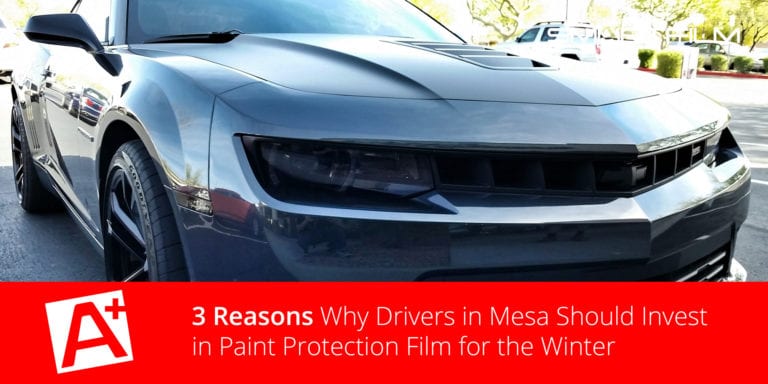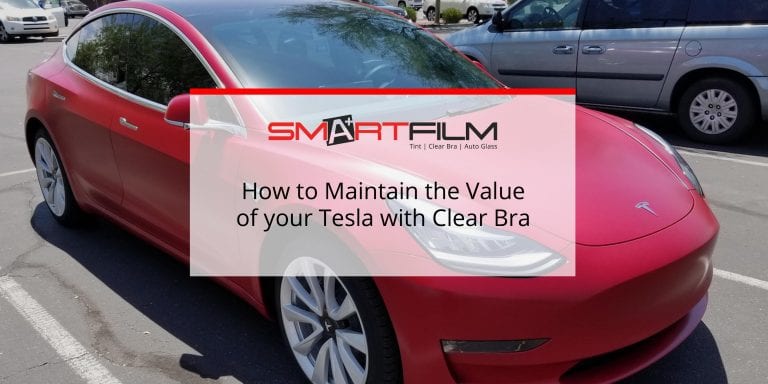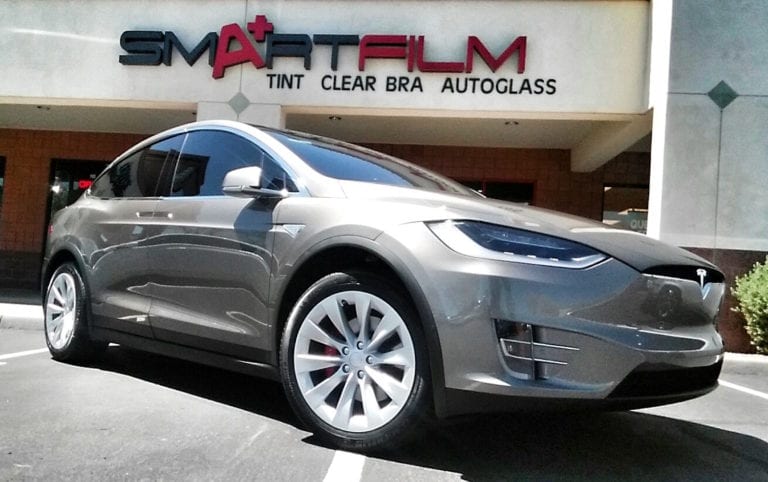What Is a Windshield Protection Film and Do You Really Need It?
Your windshield is more than just a piece of glass; it’s a critical part of your vehicle’s structural integrity and overall safety.
According to the Auto Glass Safety Council, the windshield provides up to 60% of a car’s cabin strength during a rollover accident, making it far more than just a clear panel for visibility. Yet, every day it’s exposed to road debris, rock chips, and everyday wear that can quickly turn into costly repairs or full replacements.
That’s where Windshield Protection Film comes in. This innovative protective film for windshields, sometimes referred to as windshield PPF, acts as an impact-resistant shield, designed to prevent chips, reduce the risk of cracks, and even protect against harmful UV rays that cause sun damage and interior fading.
Think of it as the ultimate defense that blends optical clarity with durability, ensuring drivers don’t sacrifice visibility for protection.
Of course, some vehicle owners wonder: “Is investing in a windshield protector film worth the cost?” After all, modern vehicles often come with advanced features like Advanced Driver Assistance Systems (ADAS), which can make windshield replacements even more expensive and complicated.
In fact, AAA notes that ADAS recalibration can add hundreds of dollars to a single replacement. Adding a protection film may be a smart move for anyone looking to safeguard their vehicle and avoid these unexpected expenses.
In this article, we’ll explore what a front windshield protection film really is, how it works, its installation process, and whether it’s an essential solution for your driving needs.
What Is a Windshield Protection Film?
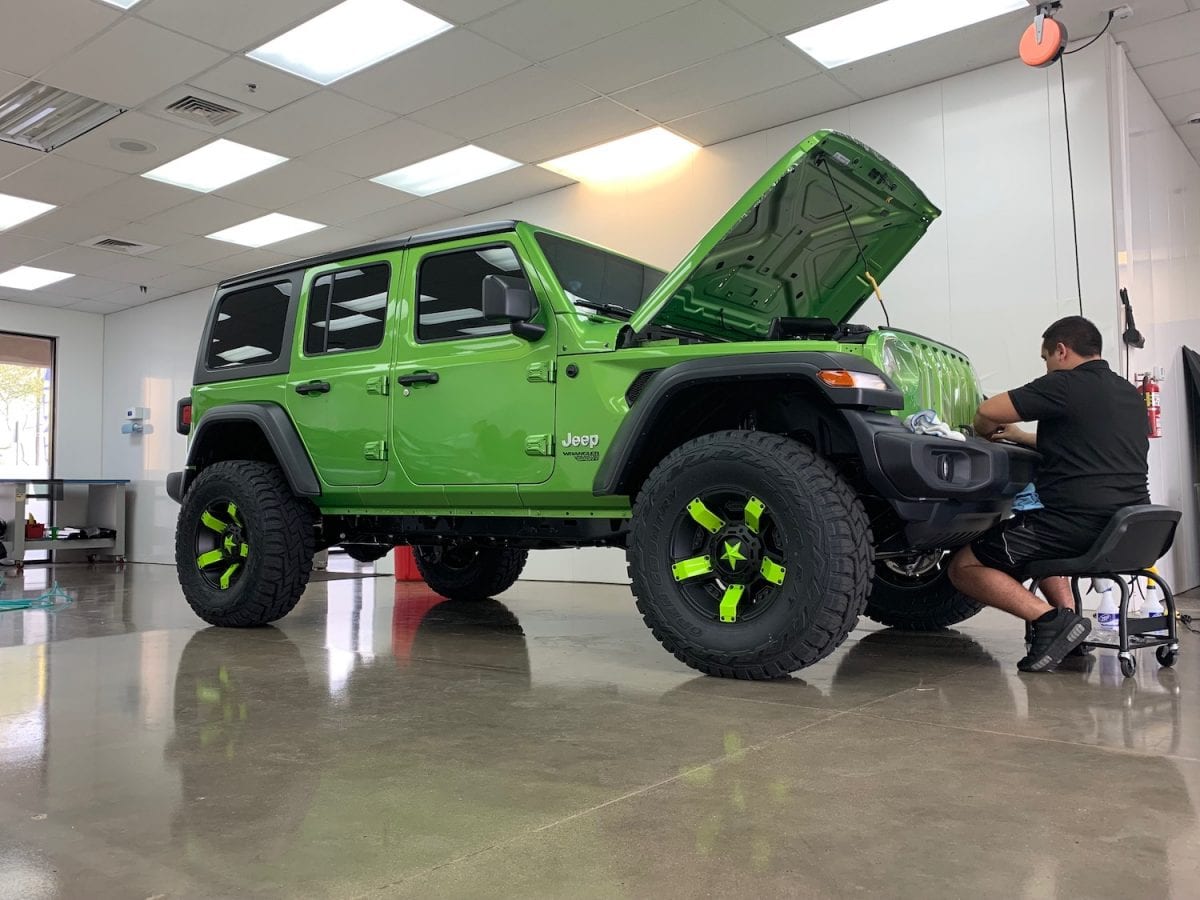
At its core, Windshield Protection Film is a transparent, optically clear layer applied directly over your vehicle’s windshield. Think of it as a protective film for windshields, similar to the paint protection film you may already know for car exteriors, but engineered specifically to defend against hazards on the road.
Every day driving exposes your glass to more threats than you might realize. A passing truck can kick up rocks that cause sudden rock chips; long highway trips can lead to pitting from fine particles of road debris; even harsh snow, heat, or rain contribute to everyday wear.
Over time, these issues not only hurt your car’s value but may compromise the structural integrity of the windshield itself. By adding a windshield protector film, you’re essentially giving your glass an ultimate defense system against the unexpected.
The material is engineered for impact resistance and durability while maintaining optical clarity, meaning you won’t notice it’s there. For example, if you’re driving at night or in bright sunlight, the film won’t distort your view or reduce visibility.
When professionally installed, this front windshield protection film blends into your glass, virtually invisible to the naked eye. The result? Years of extended use without worrying about costly repairs or full replacements, allowing vehicle owners to drive with peace of mind while protecting both their windshield and their vehicle’s interior from UV protection loss and sun damage.
Benefits of Windshield Protection Film
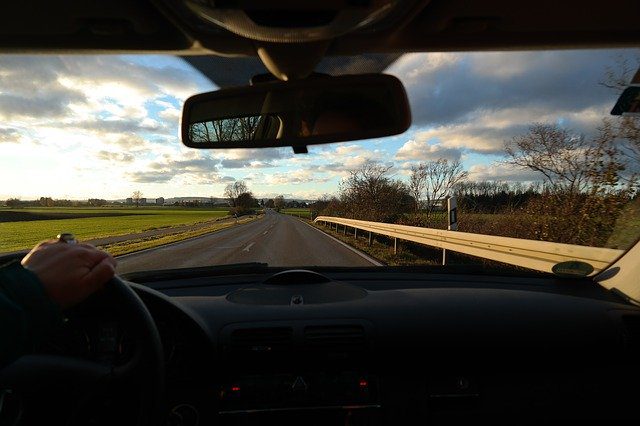
Installing a Windshield Protection Film is more than just a cosmetic upgrade; it’s a proactive step toward extending the life of your vehicle’s windshield, reducing the risk of costly repairs, and enhancing overall driving safety. Let’s dive deeper into its many advantages and see why so many vehicle owners are making the switch.
1. Prevents Chips and Cracks
Few things are more frustrating than the sudden pop of a pebble hitting your windshield. That tiny mark can spread into long cracks, forcing you to schedule an unexpected repair or full replacement. A front windshield protection film acts as an invisible shield, absorbing the impact of rocks, road debris, and even flying gravel. For example, commuters on highways or rural roads with loose surfaces find this protection film invaluable—it helps maintain the structural integrity of the glass. It prevents minor damage from becoming a major expense.
2. Cost Savings on Repairs & Replacements
Replacing a modern windshield is no small expense. On average, a new windshield can cost anywhere from $400 to $1,500, and vehicles equipped with ADAS may add hundreds more due to recalibration requirements. By investing in a windshield protector film, you’re essentially avoiding multiple rounds of expensive replacements, making it a practical, long-term financial decision.
3. Improved Safety and Visibility
A clear windshield ensures maximum visibility, which is crucial for safety in all conditions. Even small chips or scratches can distort your view, especially at night when glare from headlights is amplified. A professionally installed windshield film offers optical clarity; you won’t notice it’s there. Still, you’ll appreciate the unobstructed view when it matters most.
4. UV Protection & Interior Preservation
Windshield films don’t just stop physical damage—they also block up to 99% of harmful UV rays. This reduces the risk of sun damage to your vehicle’s interior, preventing fading, cracking, and discoloration of dashboards and seats. For drivers in sunny states like Arizona, this benefit alone can help preserve both comfort and value.
5. Easy to Maintain & Clean
Finally, many windshield protection films are engineered with hydrophobic properties. Picture driving in the rain, instead of streaks or stubborn water spots, droplets bead up and roll off, improving visibility.
Every day dirt, grime, and even bugs are easier to remove, reducing the need for harsh cleaning products and helping you save time on maintenance.
Is Windshield Protection Film Really Worth It?
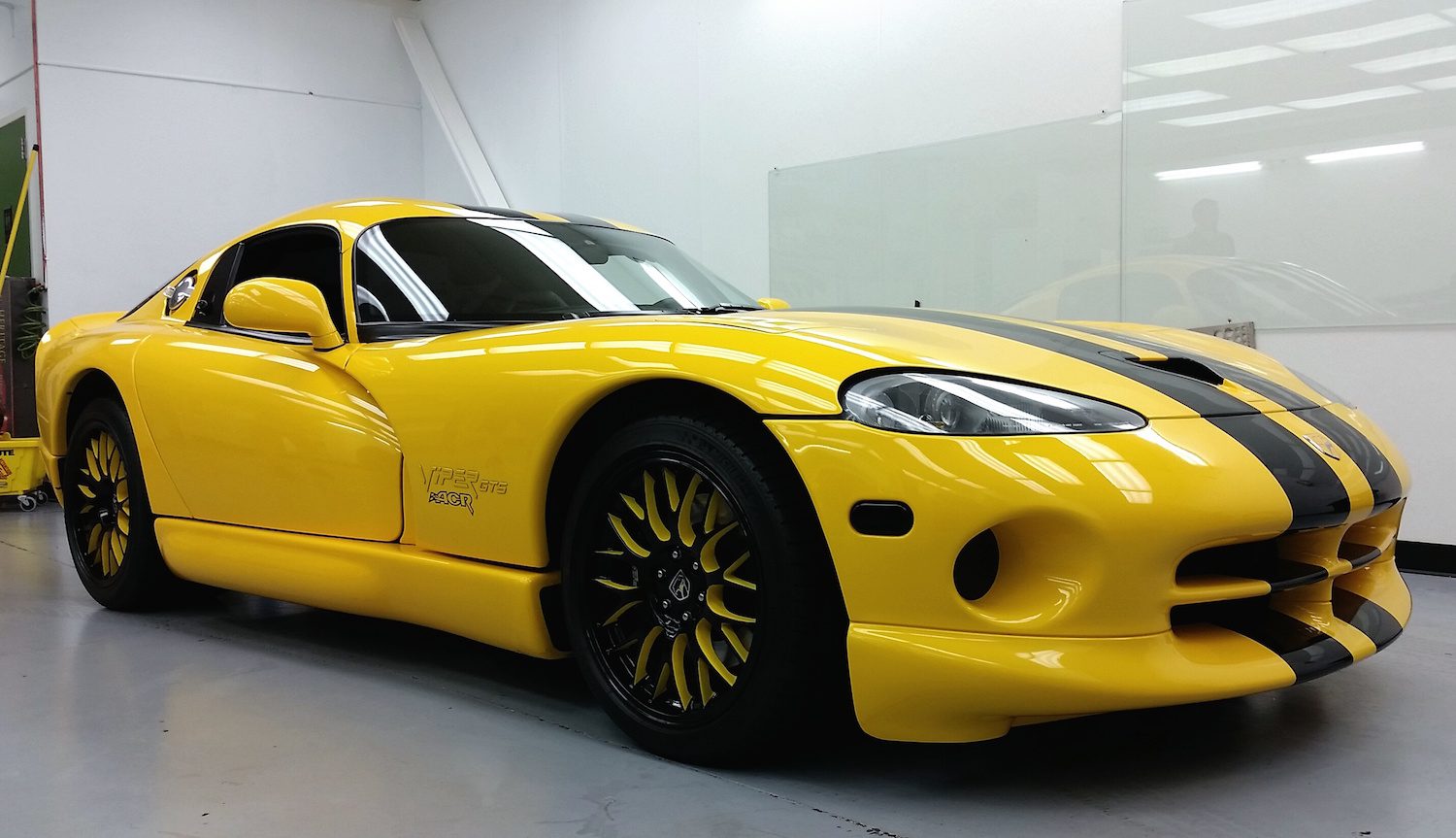
1. Protection from Unforeseen Expenses
Every time you drive, your glass is exposed to rocks, road debris, and harsh environmental factors like heat and sudden temperature changes.
A single chip can quickly spread into larger cracks, leading to costly repairs or full replacements. A professionally installed windshield protection film serves as the first line of defense, absorbing impact and preventing chips before they compromise the structural integrity of your glass.
2. Essential for ADAS-Equipped Vehicles
Modern cars often feature Advanced Driver Assistance Systems with sensors and cameras mounted on the windshield. Replacing this glass isn’t just expensive; it also requires precise ADAS recalibration.
By safeguarding your windshield with a protection film, you lower the risk of unexpected expenses while ensuring your ADAS continues to function correctly.
3. Enhances Resale Value
First impressions matter when selling your vehicle. A clean, well-maintained windshield signals to buyers that the car has been cared for. A windshield protector film not only preserves your glass but also helps maintain that showroom-level gloss, potentially boosting your resale value.
4. A Safer Driving Experience
Visibility is critical for safety. Even minor chips can distort your view or create glare, especially at night or in rainy conditions. With optical clarity and UV protection, a front windshield protection film ensures a clear line of sight, reducing glare from headlights or sunlight while making driving safer in all weather.
Ultimately, investing in windshield protection film offers more than durability; it provides peace of mind, cost savings, and a safer, more enjoyable driving experience.
How to Maintain and Care for Windshield Protection Film
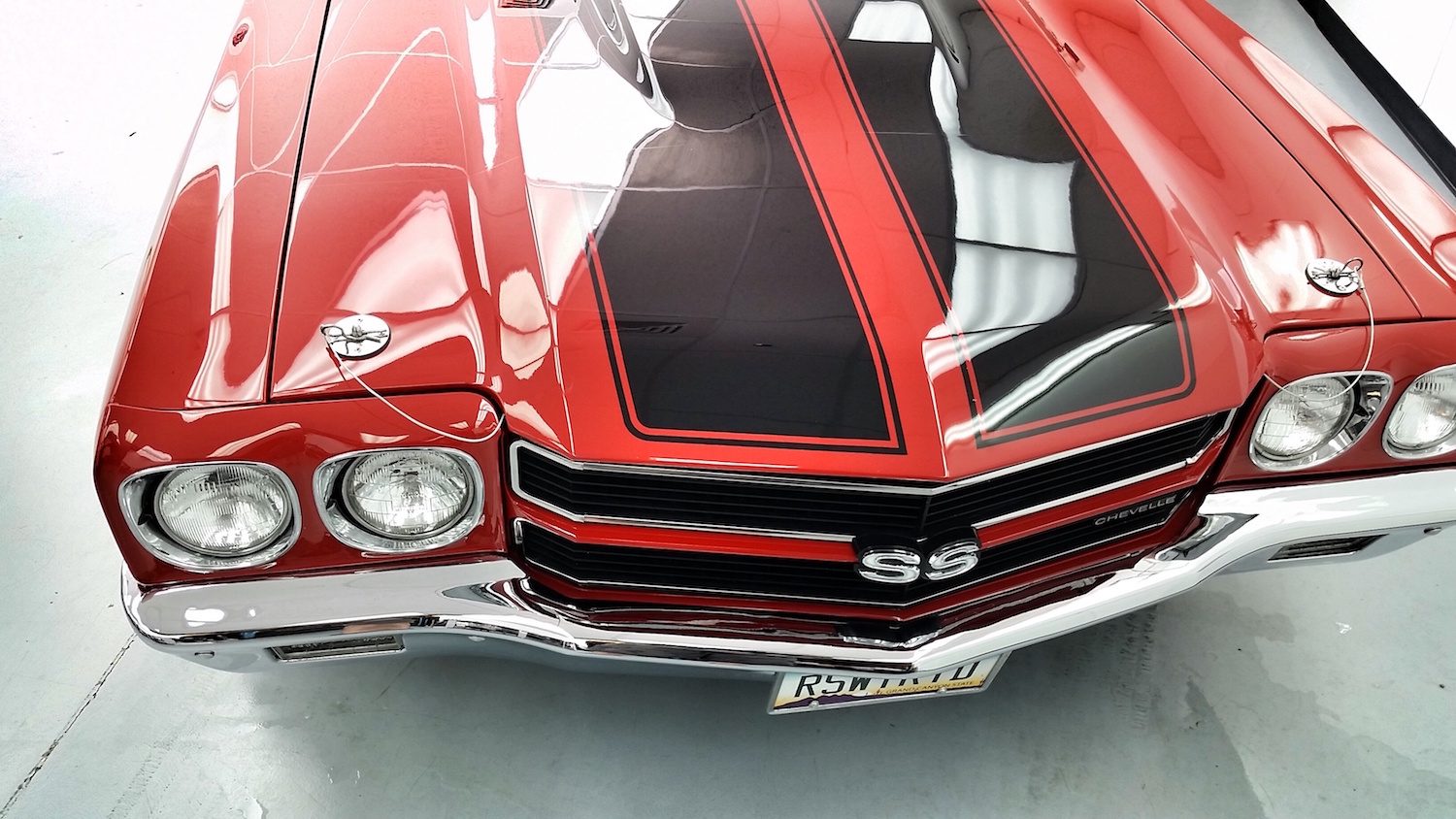
Installing a windshield protection film is a smart investment, but its durability and performance depend on proper care. With a few simple maintenance habits, you can extend the life of your protective film for windshields and ensure it continues to provide effective protection against road debris, UV rays, and everyday wear.
1. Clean with Gentle Solutions
Avoid harsh cleaners containing ammonia, as they can break down the film over time. Instead, use mild soap and water or a glass cleaner specifically designed for windshield films. For example, many vehicle owners keep a spray bottle of diluted dish soap in their garage for quick, safe cleanings.
2. Avoid Abrasive Cleaners
Always use a microfiber cloth or soft sponge when wiping your vehicle’s windshield. Rough materials like paper towels or scouring pads can cause scratches or even peeling along the edges of the protection film, reducing its optical clarity.
3. Inspect for Damage Regularly
Check your windshield protector film every few weeks for signs of bubbling, peeling, or small imperfections. Catching minor issues early allows you to decide whether simple repairs are enough or if professional replacement is needed.
4. Park in the Shade When Possible
Excessive exposure to direct sunlight can gradually wear down the film. Whenever you can, park in a shaded area or use a windshield sunshade. This small habit not only protects the film but also helps preserve your vehicle’s interior from sun damage.
5. Avoid High-Pressure Car Washes
Automatic washes that use strong jets of water may lift the film’s edges, leading to bubbles or peeling. Opt for hand washing or touchless washes to maintain the film’s impact resistance and performance.
By following these care tips, your windshield protection film will continue to deliver long-lasting safety, clarity, and peace of mind on every drive.
Why Protect Your Windshield?
Your vehicle’s windshield plays a critical role in both safety and visibility. Yet, it’s constantly exposed to road debris, rocks, and everyday wear. Even a small chip can spread into costly cracks. For modern cars with ADAS, a simple replacement often requires expensive recalibration.
That’s why installing a Windshield Protection Film is a smart, proactive solution. Acting as an invisible shield, it helps prevent chips, reduces the risk of repairs or replacements, and extends the life of your original glass, delivering both peace of mind and long-term cost savings.
Contact Us!
Our expert window tinting and paint protection film services in Mesa, Tempe, Gilbert, and the surrounding Arizona metro area will keep your car cooler, protect your loved ones from UV rays, and maintain its pristine condition. Visit our website or shop to explore the perfect tint for your vehicle!
FAQ’s
Can I Use PPF on My Windshield?
No. Paint Protection Film is designed for paint surfaces, not glass. On a windshield, it won’t bond properly and can cause visibility problems.
Will Windshield Protection Film Affect Visibility?
Not at all. High-quality windshield films are engineered with optical clarity, ensuring your view stays crystal clear without distortion.
How Long Does Windshield Protection Film Last?
On average, a windshield protection film lasts 18–24 months, depending on climate, driving conditions, and maintenance. Extreme heat, snow, or road debris exposure may shorten its durability.
Is Windshield Protection Film Legal?
In most regions, yes. Still, check local regulations, especially regarding UV protection, tint levels, or reflectivity requirements.
Can I Install Windshield Protection Film Myself?
DIY kits exist, but professional installation is strongly recommended. Experts ensure proper application, maximum performance, and longer-lasting protection.


